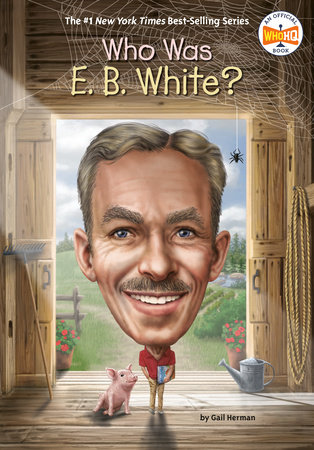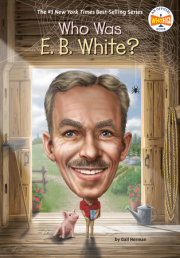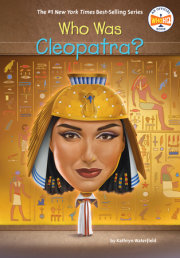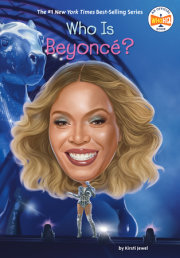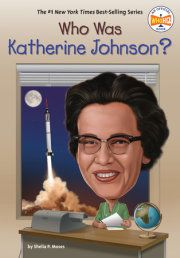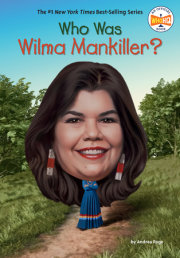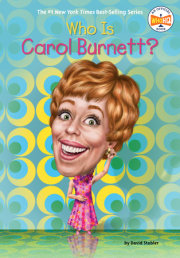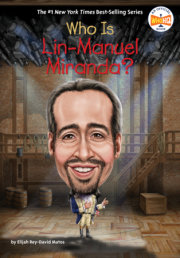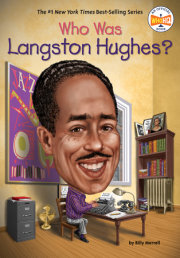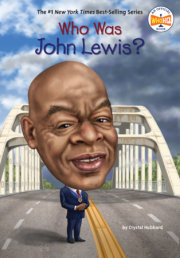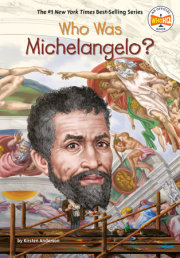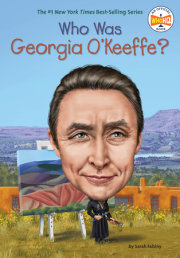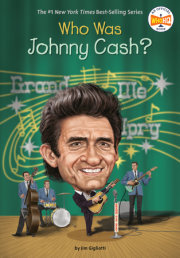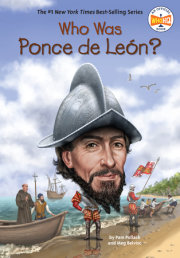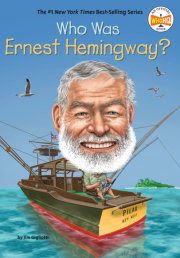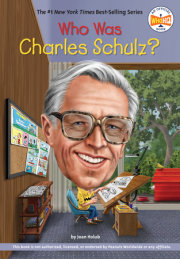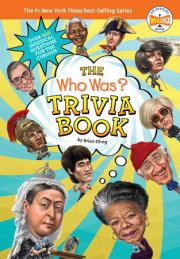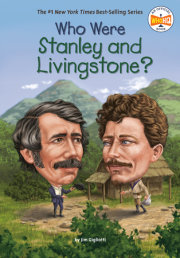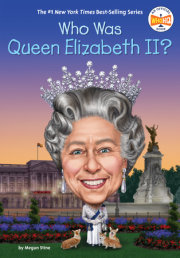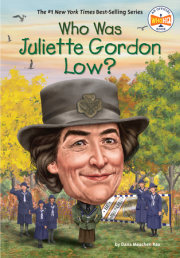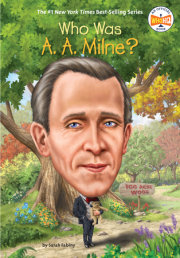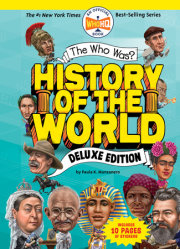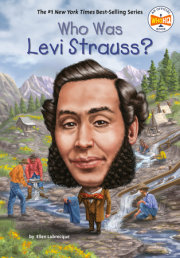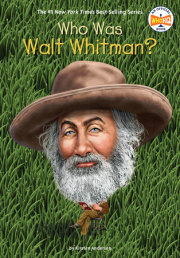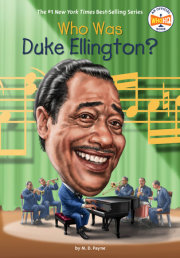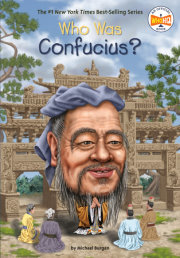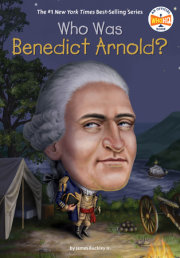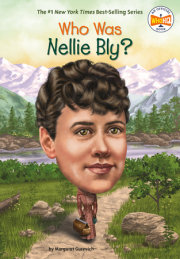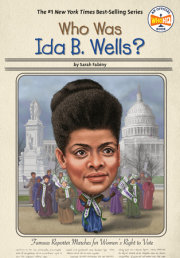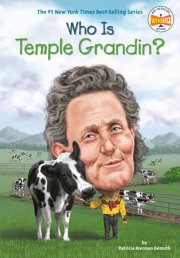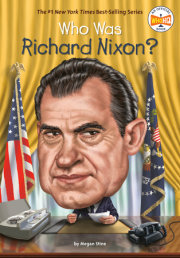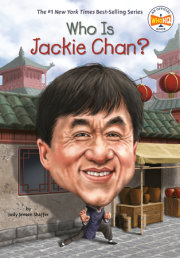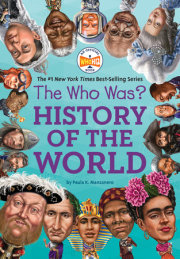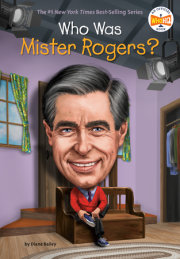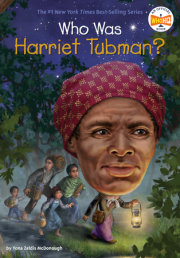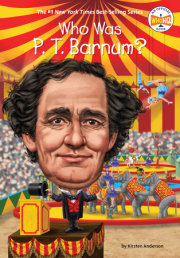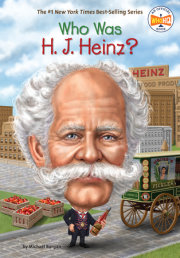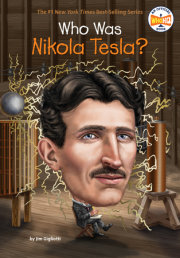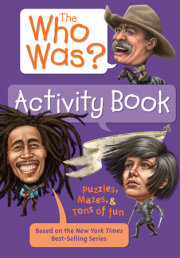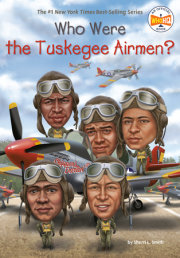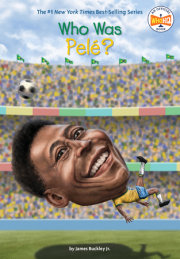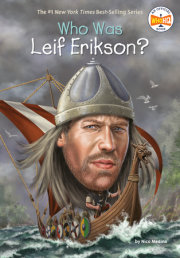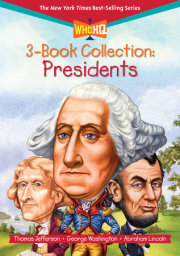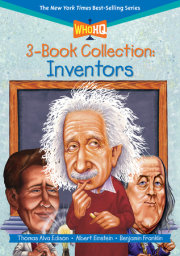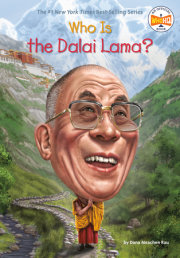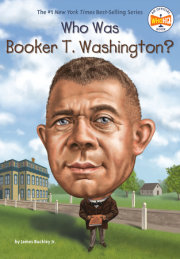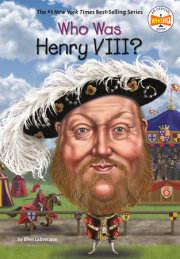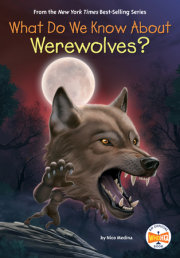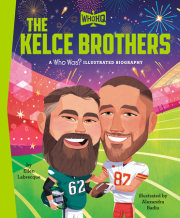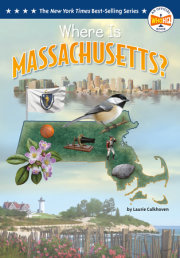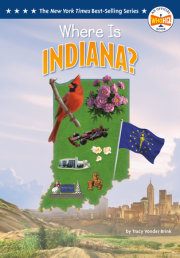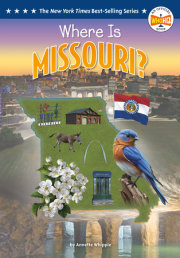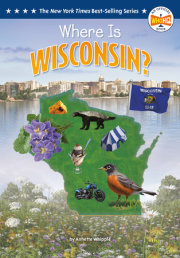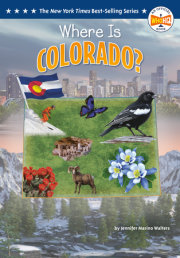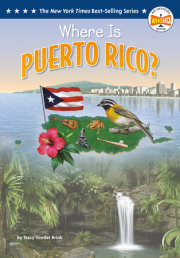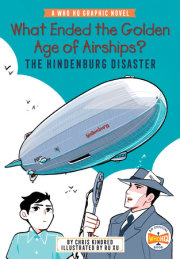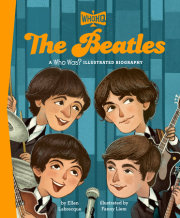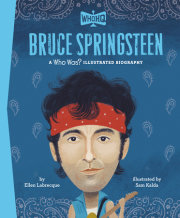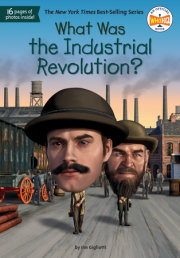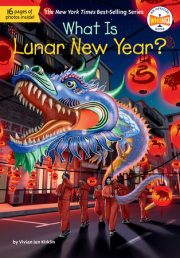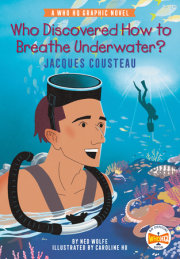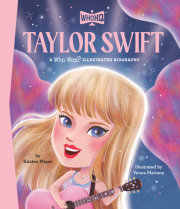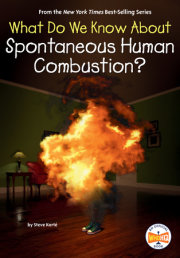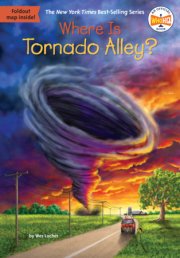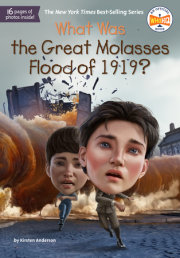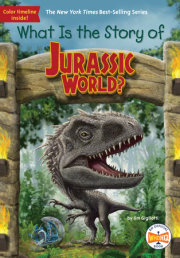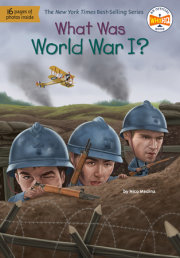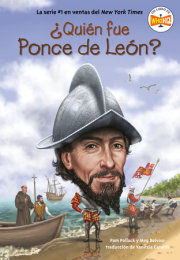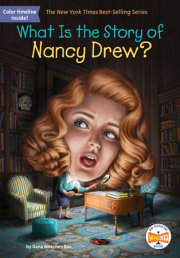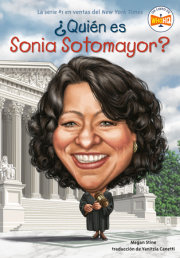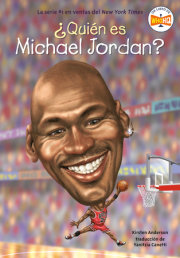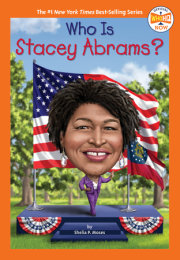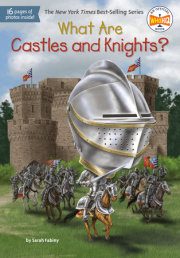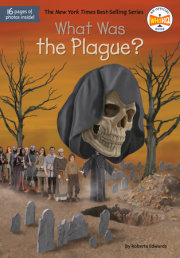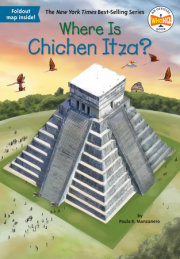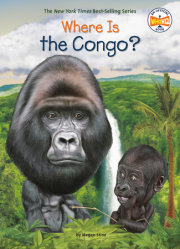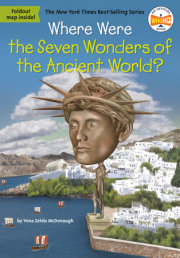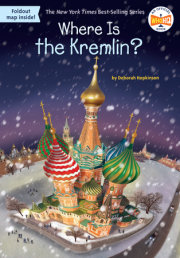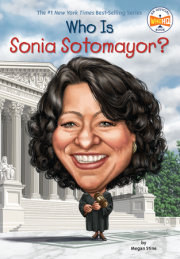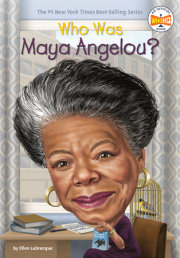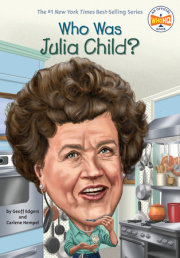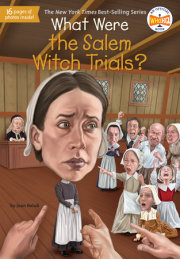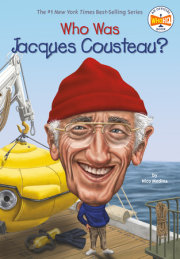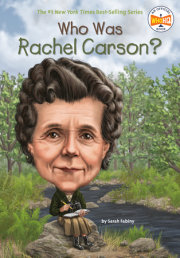Who Was E. B. White? It was spring 1926. E. B. White was riding an overnight train on his way home from Virginia’s Shenandoah Valley to New York City. The initials in his name stood for Elwyn Brooks. But practically everyone E. B. White knew called him by his college nickname, “Andy.”
That night Andy dreamed about a brave mouse who was nicely dressed and carried a cane. He didn’t know it yet, but the mouse was the inspiration for his first children’s book.
At the time, Andy was twenty--seven years old. He was already a writer for newspapers and magazines. The idea of writing a children’s book never crossed his mind. But Andy had always liked mice. When he was a child, at home and sick in bed, he met a pleasant house mouse. The mouse became a pet, and Andy even built it a home, complete with a gym where he could teach it tricks.
Andy wrote down every detail of the dream. He called the mouse Stuart. He started to make up adventures about Stuart for his eighteen nieces and nephews. They often begged their uncle to tell them stories. But he’d struggled to come up with ideas.
Twelve years later, he tried to get the stories published. But an editor said no. So Andy put the stories in a drawer and went on to write other things. But he didn’t forget about Stuart. Seven more years passed. Finally, he sent his stories to a different editor. That editor loved them.
In 1945, Stuart Little became a book—-and a best seller! In time, E. B. White would write two other children’s classics: Charlotte’s Web and The Trumpet of the Swan.
At times, Andy still struggled with his writing. He never thought it was easy. But he couldn’t imagine not writing.
For E. B. White, putting thoughts on paper was always his way to make sense of the world.
Chapter 1: Young Elwyn Elwyn Brooks White was born over one hundred years ago, in 1899. Andy always said he was lucky, and it started with his birth. The date was July 11, or 7/11—-two numbers thought to bring good fortune.
Back then, people didn’t have radios or TVs. There were few cars. Big families were common. Andy had three older sisters and two older brothers. He was the “baby” of the White family. He joked that his mother had run out of names by the time he was born. Growing up, he was called En for short. He didn’t like his real name, or the shortened one.
The White family lived in a big comfortable house in Mount Vernon, New York. There were ponds, woods, and hills in Andy’s neighborhood. Most families had stables or a barn, where they kept horses for riding.
It was only a half--hour train ride from Mount Vernon to New York City. Andy liked family visits there. All in all, he thought he had the best of both worlds.
Andy’s father, Samuel, was the head of a piano company. Music filled the Whites’ home. The six children were “practically a ready--made band,” Andy explained in an introduction to one of his books. “All we lacked was talent.”
At times, Andy felt lonely. His sisters and brothers were too old to play with him. But Andy had his imagination to engage him and the great outdoors to explore. He hiked through the woods. He rode his bike everywhere. Andy loved going wherever he pleased and seeing nature up close. He brought home lizards and turtles, snakes and rabbits. Sometimes he felt closer to animals than to people.
One day, Samuel brought home fifty eggs. He put them in an incubator, a big device that gave off heat so the eggs could hatch. Young Andy had to stand on tiptoe to see anything at all. Once the eggs began to crack, tiny beaks poked through! He never forgot those baby chicks—or the importance of a simple egg, holding life.
When Andy was about five years old, he started to suffer from allergies. “Douse his head in cold water every morning before breakfast,” one doctor said. But that odd advice didn’t help. Instead, Samuel decided to take the family to Maine for the summer. He believed the fresh air would do Andy good.
The Whites stayed in a cabin they called Happy Days. It was on Great Pond in central Maine. Everyone loved it there, but no one loved it more than Andy.
The family returned year after year. In Maine, Andy grew close with his brother Stanley. (He was eight years older, and he was called Bun or Bunny because he could wiggle his nose like a rabbit.) Stanley showed Andy how to paddle a canoe in a straight line. Together they studied wildlife.
Those summers meant the world to Andy. And after he started first grade in September 1905, the memories became even sweeter.
Chapter 2: Trouble in School Andy was a worrier, even when he was young: “As a child I was frightened but not unhappy,” he said in a 1969 magazine interview. “I lacked for nothing except confidence.”
In first grade, Andy was already ahead in reading. That’s not surprising since the Whites were a word--loving family. Stan taught Andy how to sound out words from the newspaper. His other brother, Albert, kept a big dictionary in his bedroom. Their father sent all the children there when they didn’t know a word. At dinner, Samuel recited limericks—-funny five--line poems. Everyone tried to come up with a rhyming word for the end of the last line.
Andy was smart, but he didn’t like school. He didn’t like being stuck inside. Even worse, he dreaded the assembly at the start of each day. The principal would call a different student up to the stage to read aloud. The principal went in alphabetical order.
The idea of speaking in front of all the students scared Andy. Luckily, White was at the end of the list. Still, one day “Elwyn White” was called to the stage. He had to read a poem that had the line “Footprints on the sands of time.” But instead, Andy said, “the tands of sime.” Everyone laughed—-at least it seemed that way to Andy.
Because of those assemblies, for the rest of his life, Andy stayed away from big events—-even award ceremonies honoring him. He hated to be the center of attention.
Each school day, though, did have a bright side. His sister Marion had given him a dog, a collie named Mac. For six years, Mac met Andy on his way home. According to Andy, it was Mac’s idea.
Through the years, Andy would have many, many dogs. They kept him company at every stage of his life. But in an essay called “Dog Training,” Andy called Mac “the noblest, the best, and the most important. . . . When I got him he was what I badly needed.”
Writing helped Andy, too. It made him feel better to write down his fears. He always liked stringing words together to make a sentence. It brought him joy.
When Andy was about eight, he began to keep a journal—-and he wrote in it every day for the next twenty years. In the journal, he’d ask questions like, How does a bird know how to build a nest? and, What will I be when I grow up? He was already worried about the future. Andy kept writing. When he was nine, he wrote a poem about a mouse getting caught in a trap. The poem won a prize in a magazine. But Andy decided he didn’t like it much. He never wanted to see a mouse get hurt. He sent stories to a magazine for young readers and won two prizes. Both were about dogs.
In 1913, Andy started high school. He was small for his age. He wasn’t a star player on the football team, or even on any team. He refused to go to school dances. Girls scared him.
Writing helped him through high school, too. He had pieces published in his school’s literary magazine. But in his journal he wrote: “Eighteen, and still no future!” Andy could be very hard on himself.
World War I started in 1914, involving many countries in Europe and beyond. In April 1917, the United States entered the war. Short and skinny Andy didn’t weigh enough to join the army. So in the fall, he left Mount Vernon for Cornell University in upstate New York. It was the same college Stan and Albert had attended.
Andy had always wanted to go there. But he had a rocky start at Cornell, too.
Copyright © 2022 by Penguin Random House LLC.. All rights reserved. No part of this excerpt may be reproduced or reprinted without permission in writing from the publisher.

